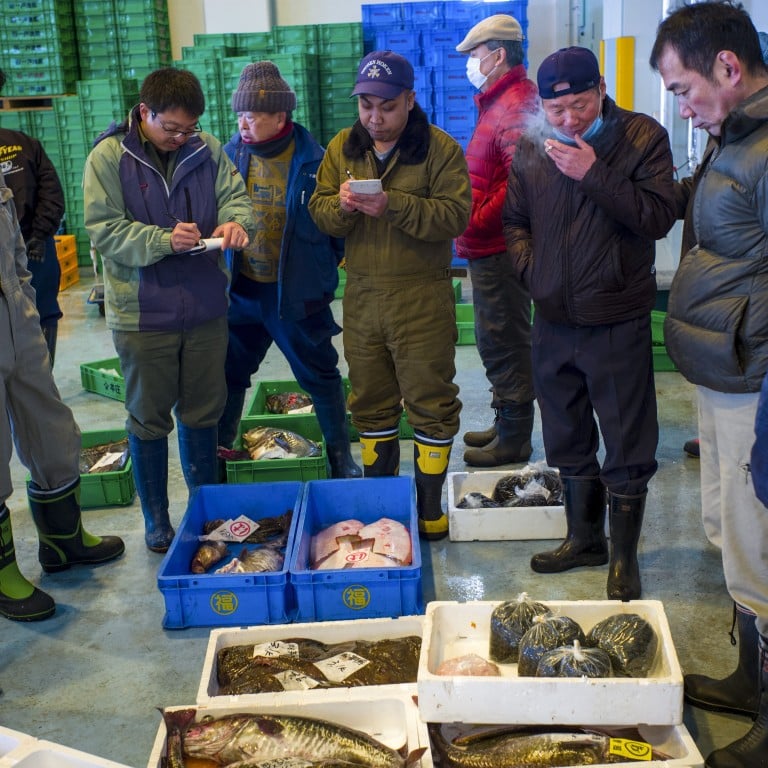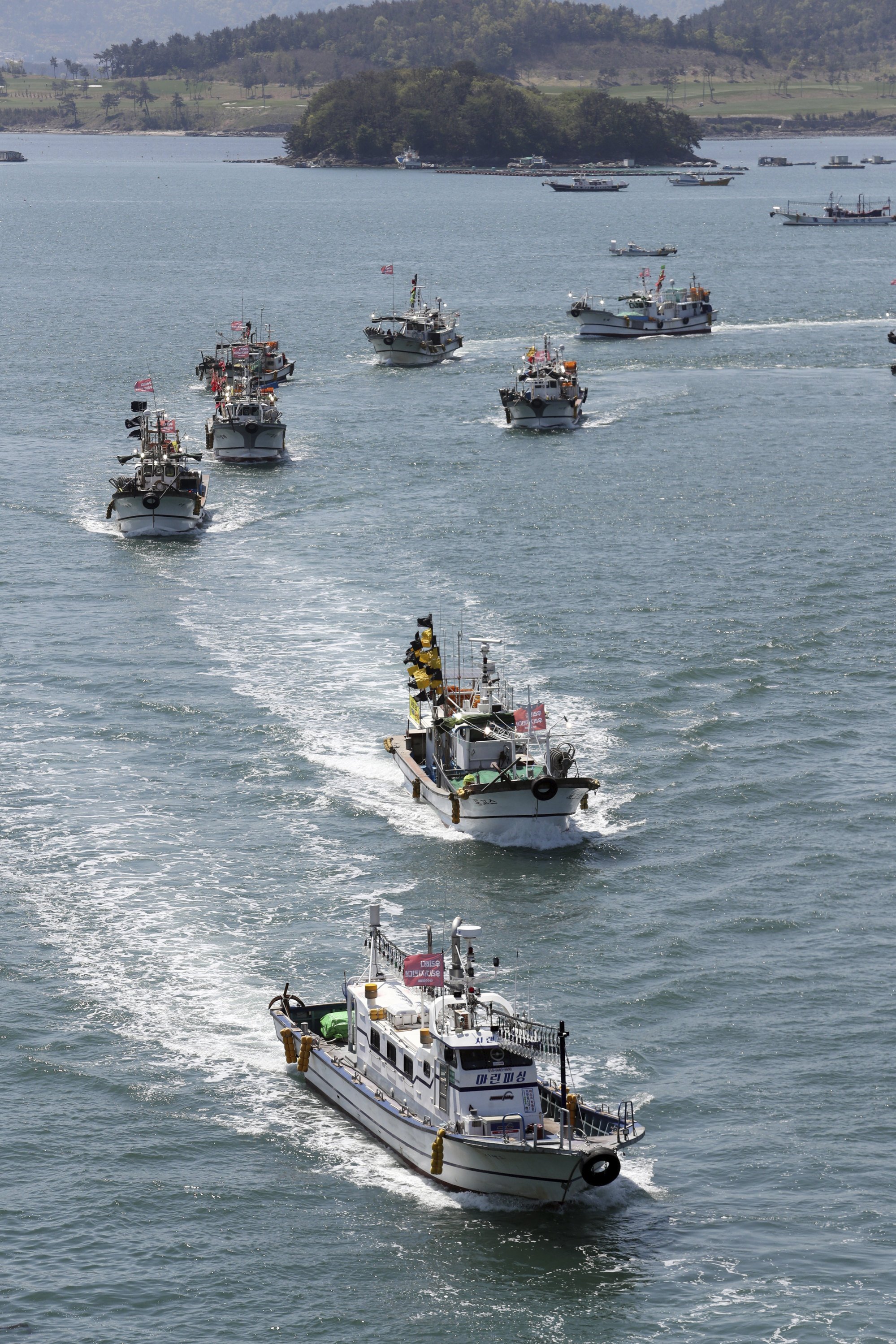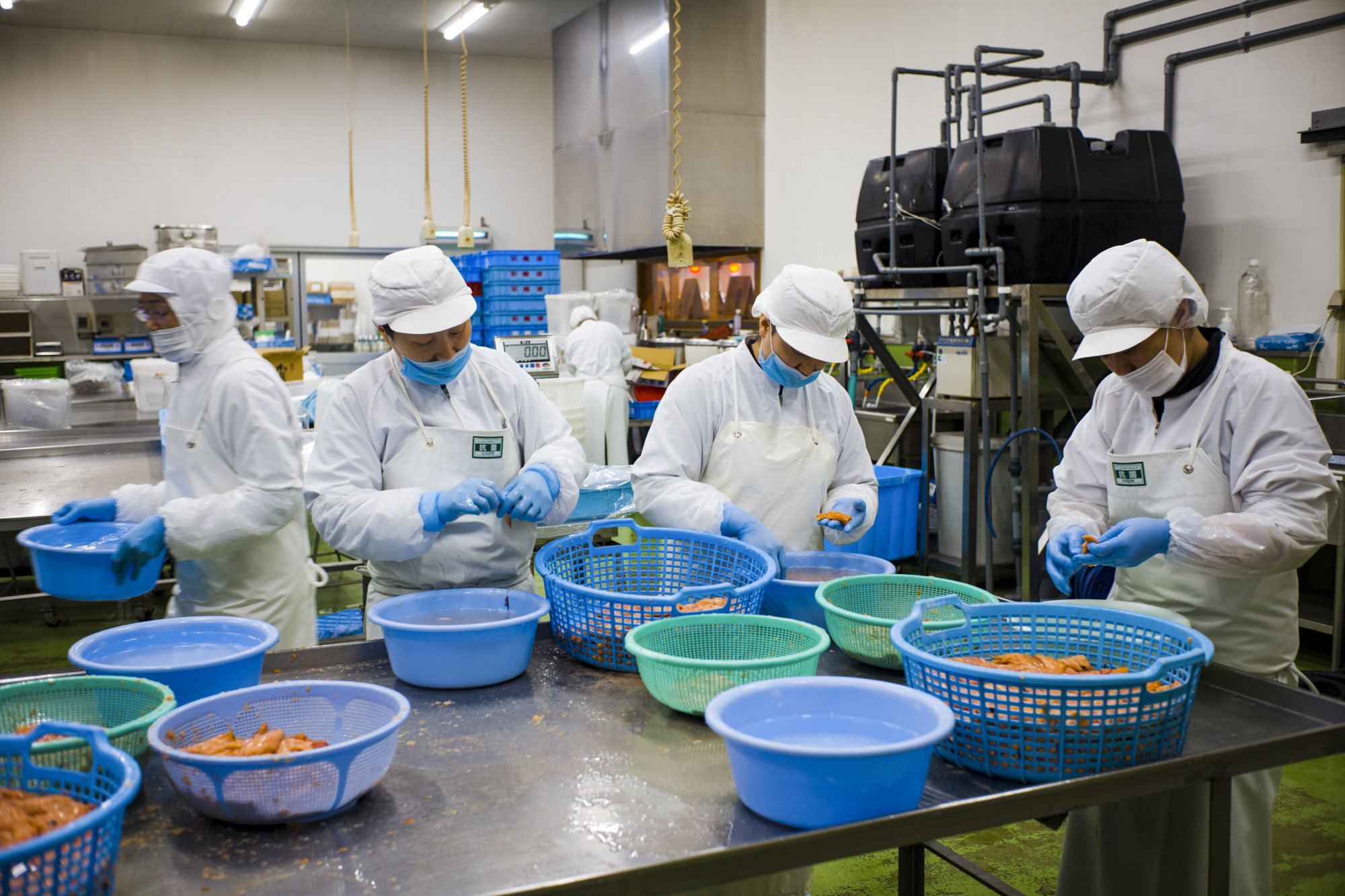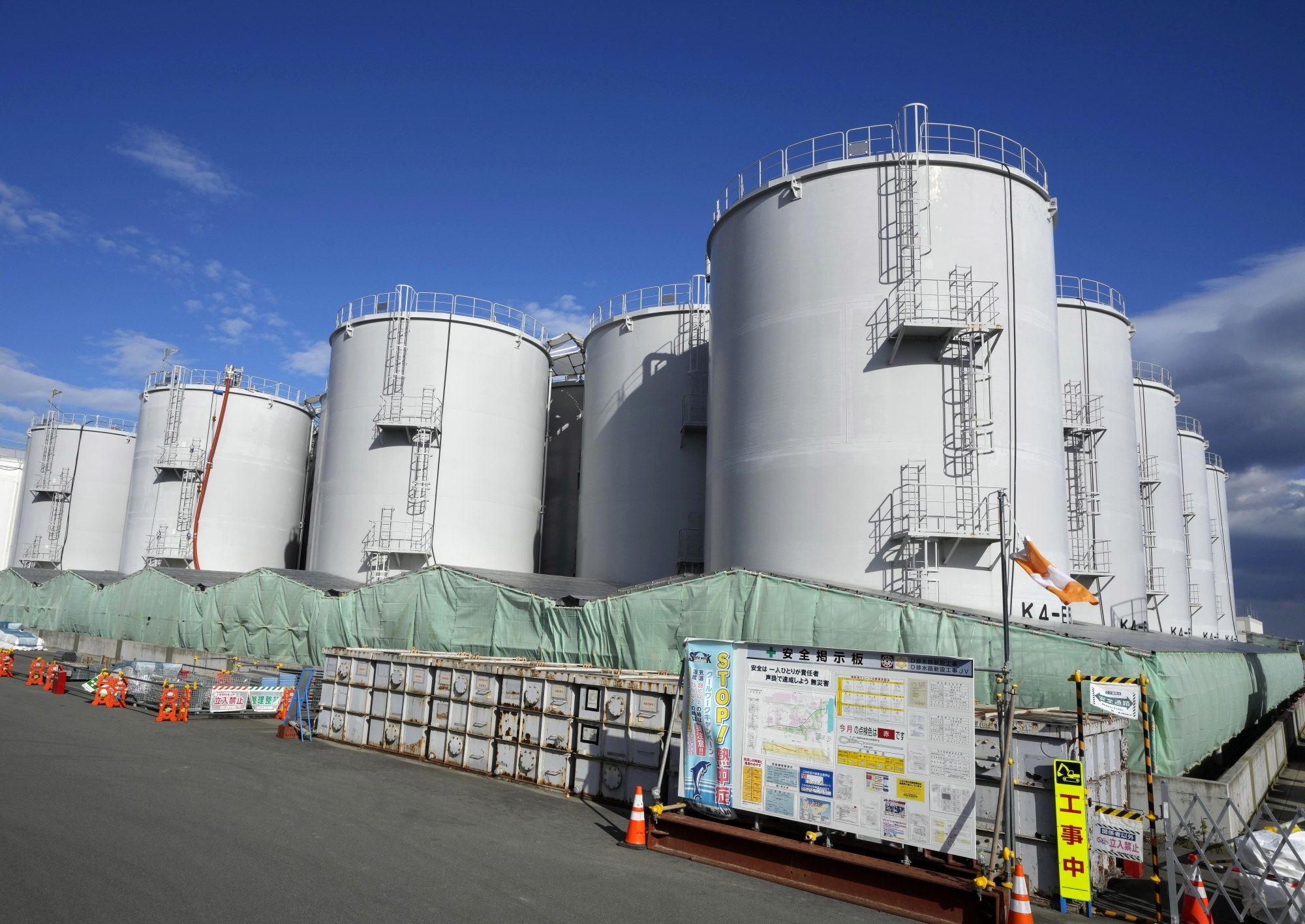
Radioactive rockfish caught near Fukushima nuclear plant prompts Japan to suspend shipments
- Radiation in recent catch 14 times safe level for humans; adds to concerns there is still contamination more than a decade after the 2011 meltdown
- News of the discovery coincides with Taiwan relaxing its ban on imports of agricultural products from areas of Japan affected by the disaster
Japan has ordered the suspension of shipments of black rockfish caught off Fukushima prefecture after tests on a haul late last month showed radiation levels above the legal limit for human consumption.
The ministry of health on Tuesday confirmed that a catch from south of the disabled Fukushima Daiichi nuclear power plant that was brought ashore on January 26 contained 1,400 becquerels of radiation per kg, far higher than the national standard of 100 becquerels per kg set by the government as safe.
The ministry confirmed that the catch was not released for sale.

“It is impossible not to be concerned when we hear about things like this,” said Hideyuki Ban, joint director of the Tokyo-based Citizens’ Nuclear Information Centre.
“It is not clear how these fish have been contaminated, but from talking to local fishermen we believe that stocks are being contaminated when they swim close to the plant and then travel elsewhere, or sand and gravel that is on the seabed off the plant is being moved by the movement of the ocean, spreading the radiation,” he said.

“Either way, it shows that radiation levels are still very high more than a decade after the accident at the nuclear plant and therefore it is a very bad idea for the government to go ahead with the plan to release water from the plant into the ocean,” he said.
The Japanese government announced last year that it had concluded that the only way to dispose of water building up in more than 1,000 tanks at the plant, where it became contaminated with radiation after being sprayed on the reactors to keep them cool, is to construct a pipeline to a point about 1km offshore and gradually release it.
Taiwan lifts Fukushima food ban as it looks to Japan for trade pact support
The government claims the water will have been treated to remove virtually all the harmful radionuclides (atoms that emit radiation), although the government and Tokyo Electric Power Co. (Tepco), the operator of the plant, have never permitted independent testing of water at the site that they claim has been cleansed of dangerous contaminants.
Ban disputes the authorities’ claims.
“They are planning to continually release water containing 64 radionuclides over a period of at least 30 years, while Tepco has confirmed that it only intends to evaluate the contamination levels for the first one or two years,” he said.

“Local people are strongly opposed to this plan,” he added. “Local fishermen say they are only now beginning to resume their operations and they are fearful that going ahead with the release of the water will set their businesses back by years again. Their livelihoods are on the line.”
Environmental groups point out that catches of black rockfish in the early months of previous years have also been contaminated with radiation.
Last year, caesium five times above permitted levels was detected in fish caught off the northeast of the prefecture. A local fisheries cooperative said caesium – considered one of the most dangerous radionuclides because, when ingested, it can build up in muscle, fat and bone and cause malignant tumours – was detected in fish caught at a depth of 24 metres about 9km off Fukushima prefecture’s town of Shinchi.
Two years previously, high levels of caesium were also detected in white sea perch. Local fishing co-operatives have been conducting test fishing since 2012 to determine the state of local stocks, with shipments of common skate that passed contamination tests permitted since February 2020.


